The best professional workstations for any budget
Modelling, rendering and number-crunching - these meaty machines will do it all


As well as being one of PC Specialist’s more expensive systems, this machine is also the most unusual entry in this roundup. Not only is it using an Intel processor, but it also comes with a gobsmacking four graphics cards. This makes it a very good workstation for one particular task, but also means it’s much less well rounded than other workstations in this price bracket.
A year ago, PC Specialist’s choice of an Intel Core i9-10980XE (had it been available then) would have been quite valid, as this 18-core processor would still have stacked up well against even the 32-core AMD Ryzen Threadripper 2990WX. This year is a different matter. Even though the 10980XE has a Turbo Boost frequency of 4.8GHz, and the non-overclocked maximum for all cores is 3.8GHz, it can’t provide serious competition to a Threadripper capable of running 32 cores at this frequency or higher. Our only caveat is that PC Specialist supplies the Core i9 running at stock speeds and there’s considerable room for overclocking.
It partners the Core i9 with 64GB of DDR4 SDRAM, but note that some rivals supply twice as much at this price. The RAM is provided as four 16GB modules, leaving four DIMM slots free, but here again, Intel lags behind AMD because the platform only supports 2,933MHz memory where AMD’s latest Ryzens hit 3,200MHz natively.
The graphics card specification is the most unusual part of the setup. Not only have four of them been supplied, but they are all consumer-oriented PNY Nvidia GeForce RTX 2080 Ti Blower models. These are hugely powerful cards, with 4,352 CUDA cores each and 11GB of GDDR6 memory providing a whopping 616GB/sec of bandwidth. This won’t make modelling any smoother, but should blow away any GPU rendering tasks. Although the PC Specialist’s AS WS X299 SAGE/10G motherboard has seven PCI Express x16 slots and only four graphics cards, the fact that they are all double-width means that no slots are free.
Storage is another area of differentiation. Instead of using a M.2-based NVMe SSD, this system calls upon the motherboard’s U.2 connection for a 2.5in Samsung PM883 enterprise-grade SSD. This still operates via the PCI Express 3 x4 protocol, however, so it should be just as fast. It’s still no match for PCI Express 4 drives, though, with sustained 3,485MB/sec reading and 1,583MB/sec writing. More unusual is the quartet of 4TB Seagate IronWolf Pro 7,200rpm hard disks, which PC Specialist has configured as RAID5 – a mode that provides both redundancy and performance enhancement. So you only get 12TB of the 16TB capacity, but the sustained read and write speeds are SSD-like with 707MB/sec and 616MB/sec respectively.
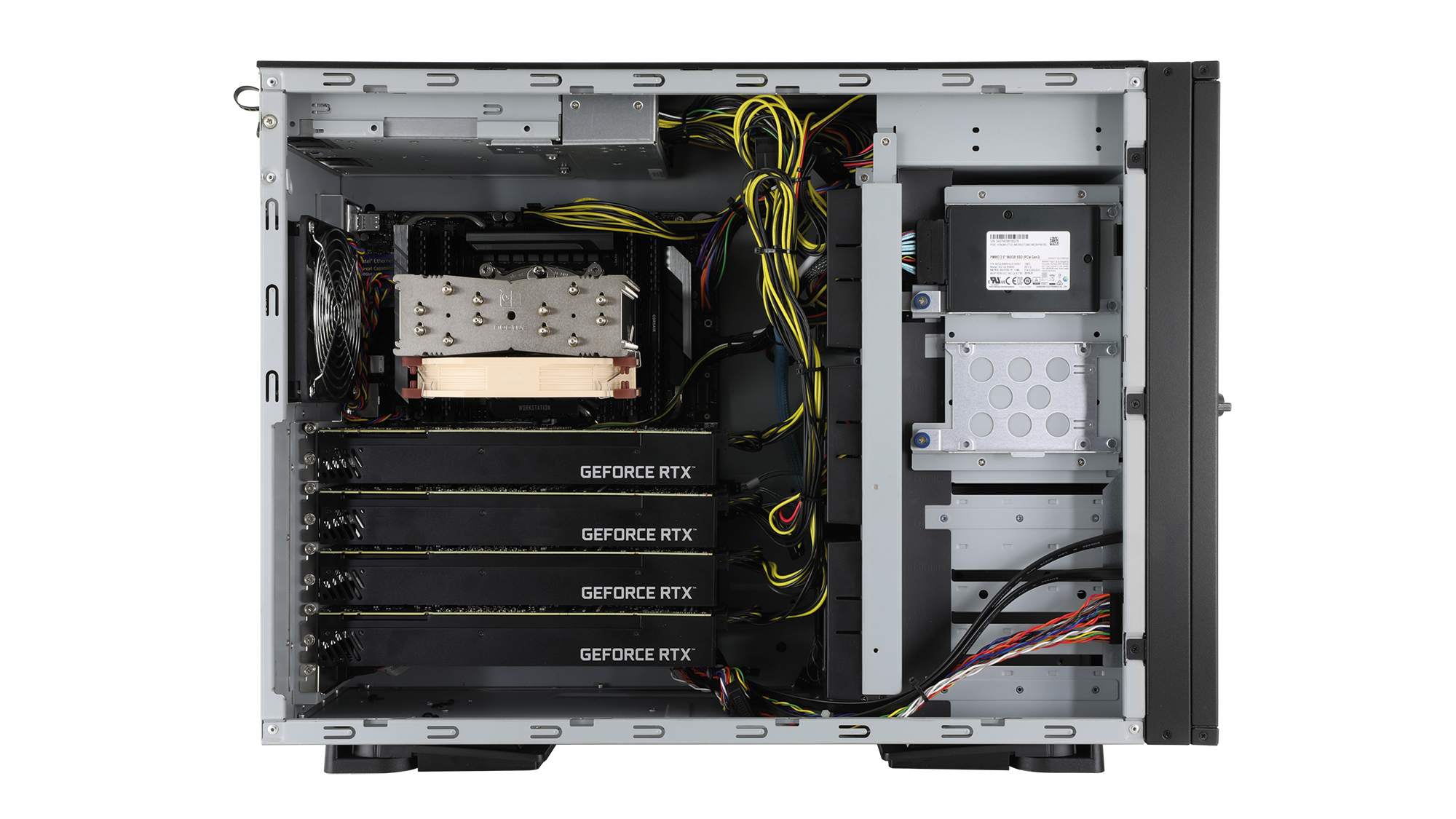
The hard disks take advantage of the industrial-strength Inwin IW-PLG chassis, which sports eight front-mounted 3.5in hot-swap drive bays, and there’s an additional 2.5in bay internally as well. However, with all the graphics cards and an air cooler, this is a noisy system at full pelt.
How far Intel has been left behind by AMD was immediately obvious in our benchmarks, where the Onyx’s overall score of 486 fell behind even the Ryzen 9 3950X systems this month. Its Cinebench R20 result of 8,843 was also slower, and this was mirrored in the IndigoBench 4 CPU tests and the Blender Gooseberry CPU render, which took 690 seconds. The Adobe Media Encoder CC 2020 video encode was one second faster than the slowest Ryzen 9 in this test, and way behind everything else bar the other Intel system.
However, the LuxMark 3.1 score of 37,070 shows just how much GPU compute power is on hand, which is further underlined by the GPU scores in IndigoBench 4. Taking just 144 seconds to complete the GPU Blender Gooseberry render, less than half any other system, makes this system’s strong area clear. However, whilst the consumer-grade graphics show decent scores for 3dsmax-06 and maya-05 in SPECviewperf 13, CAD viewsets such as catia-05 and sw-04 are not as impressive, and snx-03 is woeful. Do not use this system for design work with Siemens NX.
Ultimately, the PC Specialist Onyx 994RG is a master of one trade – GPU rendering – but its Intel CPU lags behind the 32-core AMD Threadrippers in every other respect.
PC Specialist Onyx 994RG specifications
| Processor | 3GHz Intel Core i9-10980XE |
| Motherboard | Asus WS X299 SAGE/10G |
| Expansion slots | 8 x RAM slots (4 free), 7 x PCIe x16 (0 free), 2 x M.2 (0 free), U.2 (1 free), 8 x SATA 600 (4 free) |
| RAM | 64GB DDR4, 3,000MHz |
| GPU | PNY GeForce RTX 2080 Ti Blower x 4, 11GB GDDR6 |
| Outputs | 3 x DisplayPort 1.4, HDMI 2.0b, USB-C |
| SSD | Samsung PM883 960GB NVMe U.2 PCI Express |
| Secondary drives | N/A N/A N/A, Seagate IronWolf Pro 4TB x 4 |
| Optical drives | N/A |
| Dimensions (WDH) | Inwin IW-PLG Tower (200 x 589.7 x 430mm) |
| PSU make and model (power output) | InWin Dual-Redundant 80 Plus Gold (1200W) |
| CPU cooler | Noctua NH-U14S air cooler |
| Rear ports | 2 x 10 Gigabit Ethernet, 5 x 3.5mm audio jack, optical S/PDIF, 4 x USB 3.1 Gen 1, USB 3.1 Gen 2 (Type-A), USB 3.1 Gen 2 (Type-C) |
| Front/top ports | 2 x USB 3 |
| Operating system | Windows 10 Pro 64-bit |
| Warranty (parts & labour unless stated) | 3yr RTB (1 month C&R, 1yr parts & labour, 2yr labour only) |
Get the ITPro daily newsletter
Sign up today and you will receive a free copy of our Future Focus 2025 report - the leading guidance on AI, cybersecurity and other IT challenges as per 700+ senior executives
Dr James Morris has worked as a technology journalist for over 25 years, including spending nine years on the staff of market-leading computer magazine PC Pro, the last five of which were as the publication’s editor. He specialises in enterprise-grade software and hardware, with a particular focus on content creation. He launched a pioneering video channel for HEXUS.net in 2006 and ran the video reviews channel for TrustedReviews.com for four years. He also runs a successful online digital content and commercial video production company, t-zero communications Ltd.
Dr Morris is a prolific technology writer and contributes commercial content for major IT brands including AMD, BlackBerry, Dell, Cognizant, HP, and IBM. He published a book on artificial intelligence, Can Computers Create Art? in 2009. He is also an academic, and is currently Pathway Director of the MA, Interactive Journalism at City, University of London.
Previously, he was course leader for the BA in Web Media Production at Ravensbourne University. He has a PhD in Philosophy, Art and Social Thought from the European Graduate School in Switzerland, a Master's in Media Arts from the New School in New York, USA, and a Bachelor's in Social Anthropology from the London School of Economics.
Dr. Morris can be found on Twitter at @Cyberwest, or emailed at j@tzero.co.uk
-
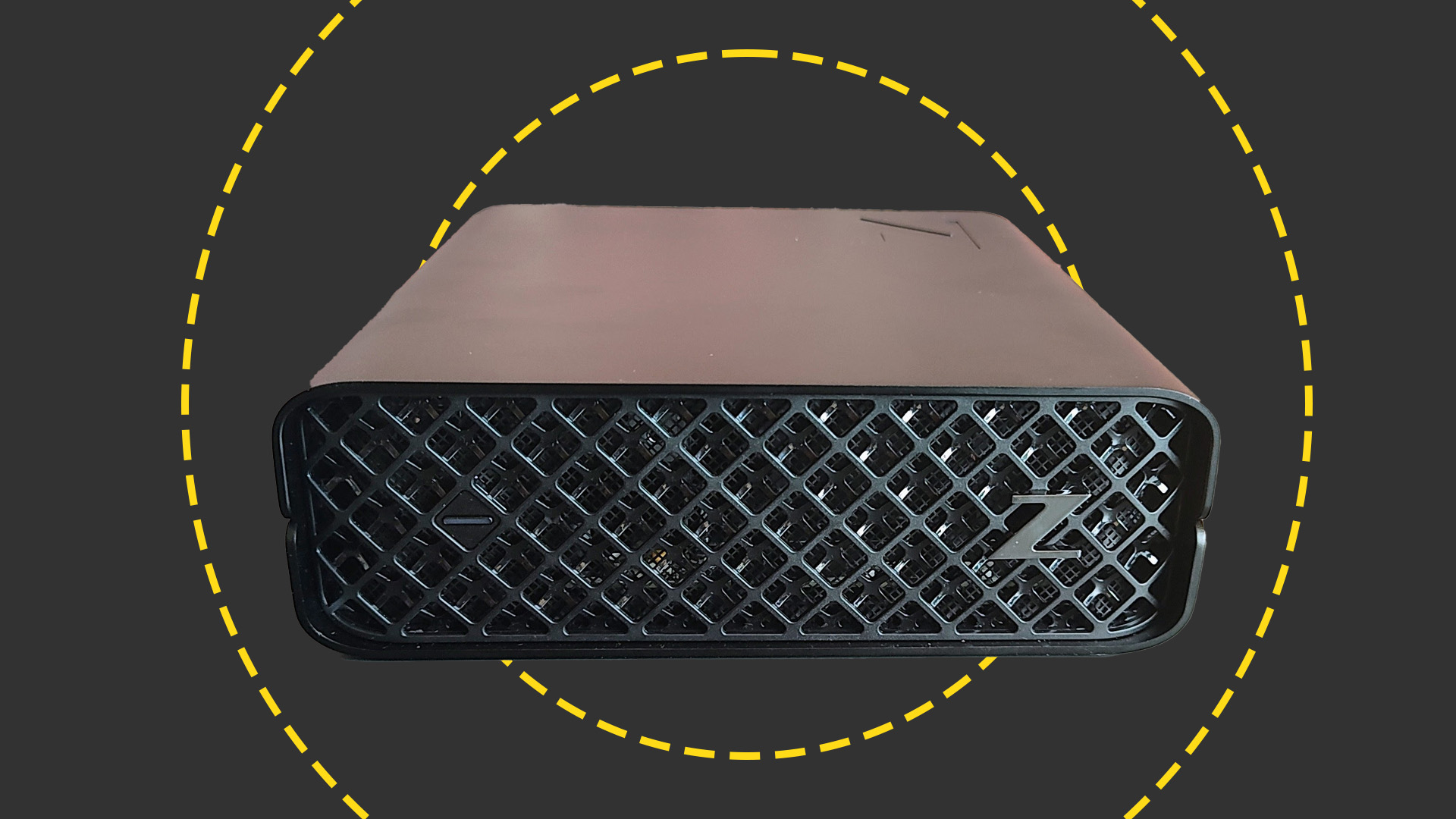 HP Z2 Mini G9 Workstation review: A reasonably potent but very compact workstation
HP Z2 Mini G9 Workstation review: A reasonably potent but very compact workstationReviews A masterclass in fitting a whole pint of PC into a half-pint container
-
Take your workforce to the next level with an HP Workstation
Sponsored If you're looking to boost your enterprise computing power, HP Workstations could be the ideal choice.
-
 Windows admins complain of Dell “bloatware” filling 95% of hard drives
Windows admins complain of Dell “bloatware” filling 95% of hard drivesNews Dell SupportAssist Remediation was blamed for disk allocation issues
-
 How we test laptops and PCs
How we test laptops and PCsReviews Everything you need to know about our reviews and benchmarking process for computing hardware
-
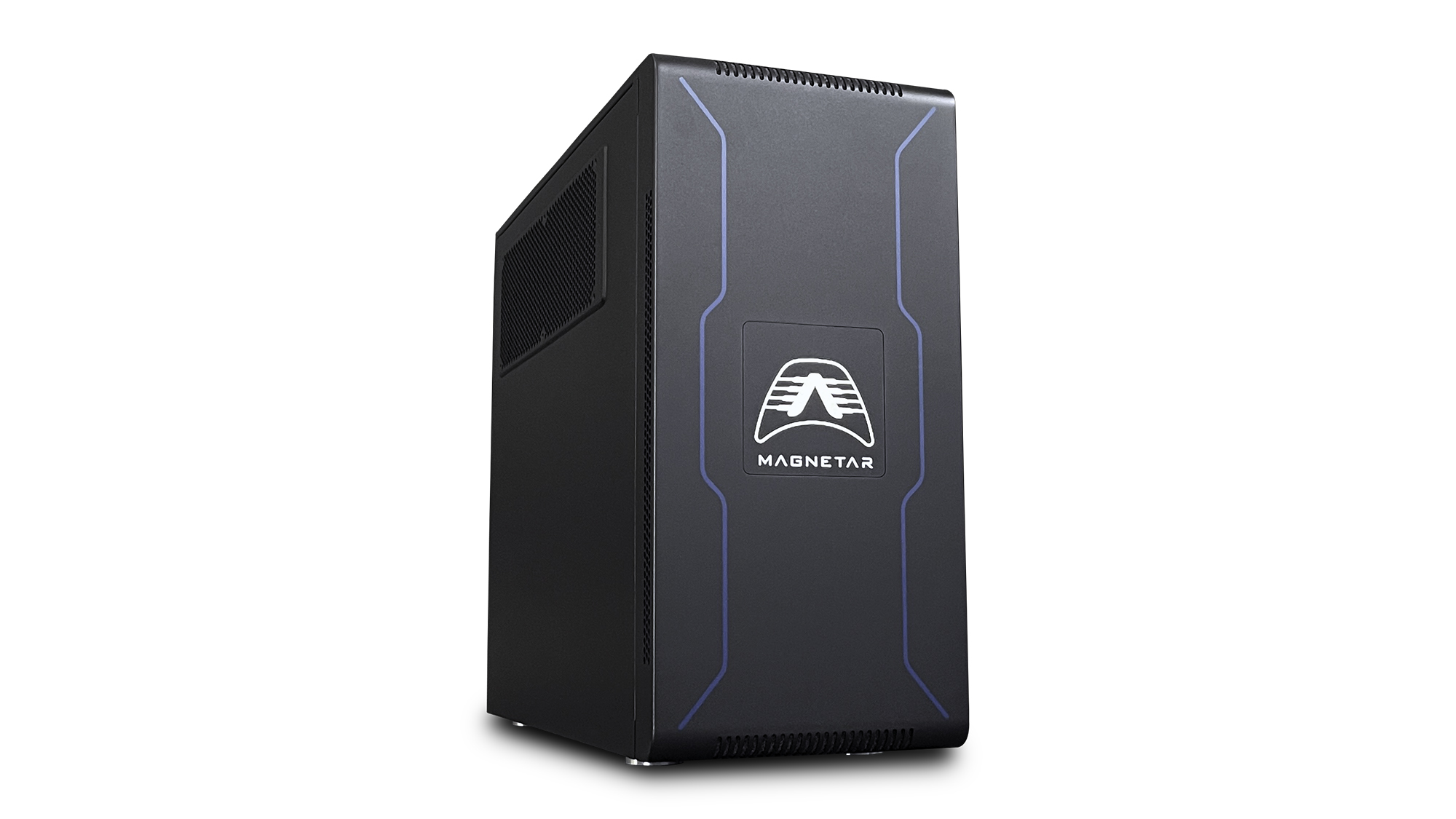
 Armari Magnetar M64TP-RW2000G3 review: Don’t call it a comeback
Armari Magnetar M64TP-RW2000G3 review: Don’t call it a comebackReviews The Threadripper Pro arrives just in time to retain AMD’s crown as king of workstation processors
-
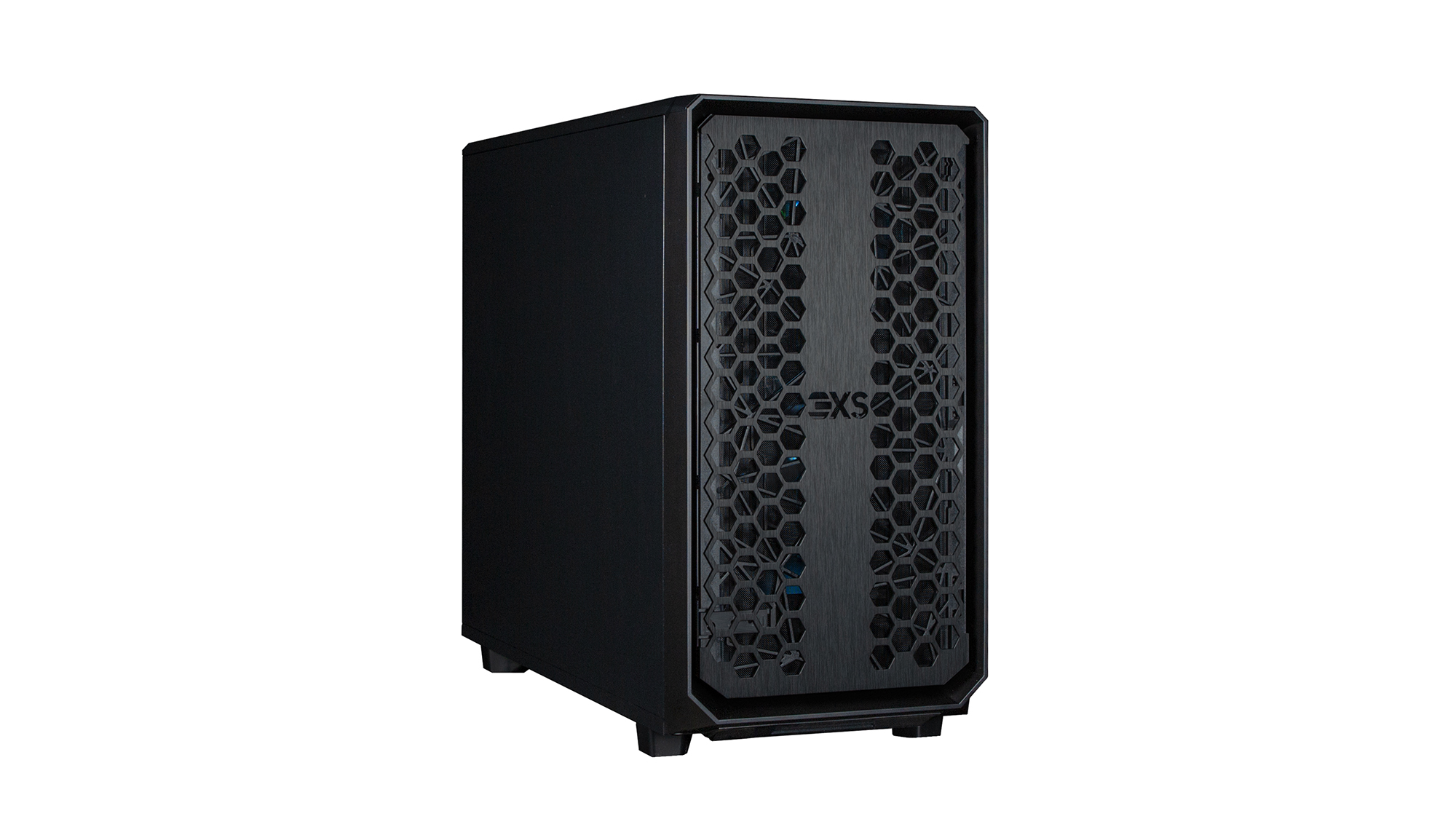
 Scan 3XS GWP-ME A124C review: An Intel-powered workhorse that holds its own
Scan 3XS GWP-ME A124C review: An Intel-powered workhorse that holds its ownReviews A brilliant content-creation showcase for Intel’s 12th-gen Core i9 and Nvidia’s Quadro RTX A4500 graphics
-
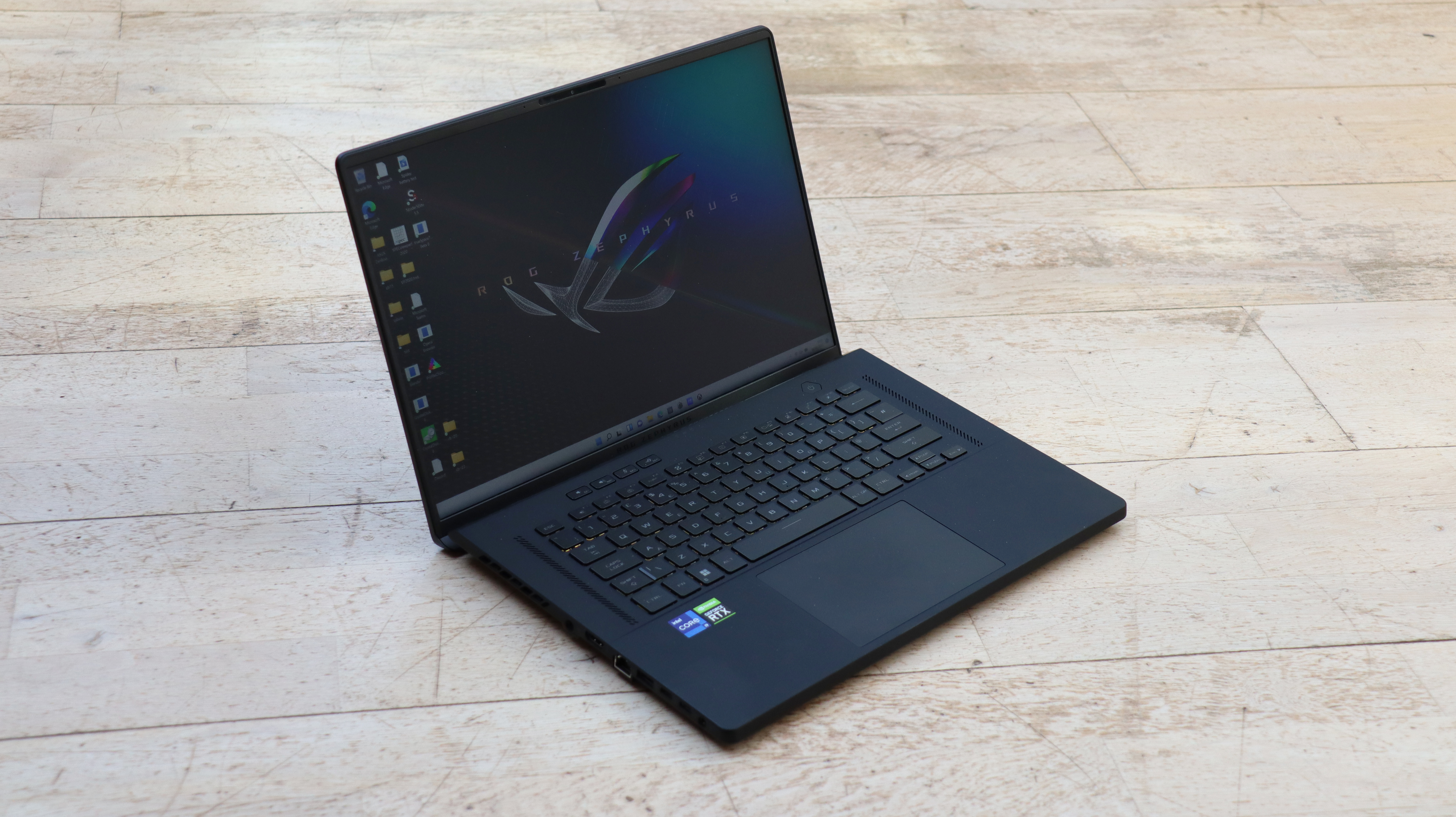
 Asus ROG Zephyrus M16 (2022) GU603Z review: Huge processing power you can carry with you
Asus ROG Zephyrus M16 (2022) GU603Z review: Huge processing power you can carry with youReviews The Zephyrus M16 combines a potent 14-core processor with capable graphics and features in a bag-friendly format
-
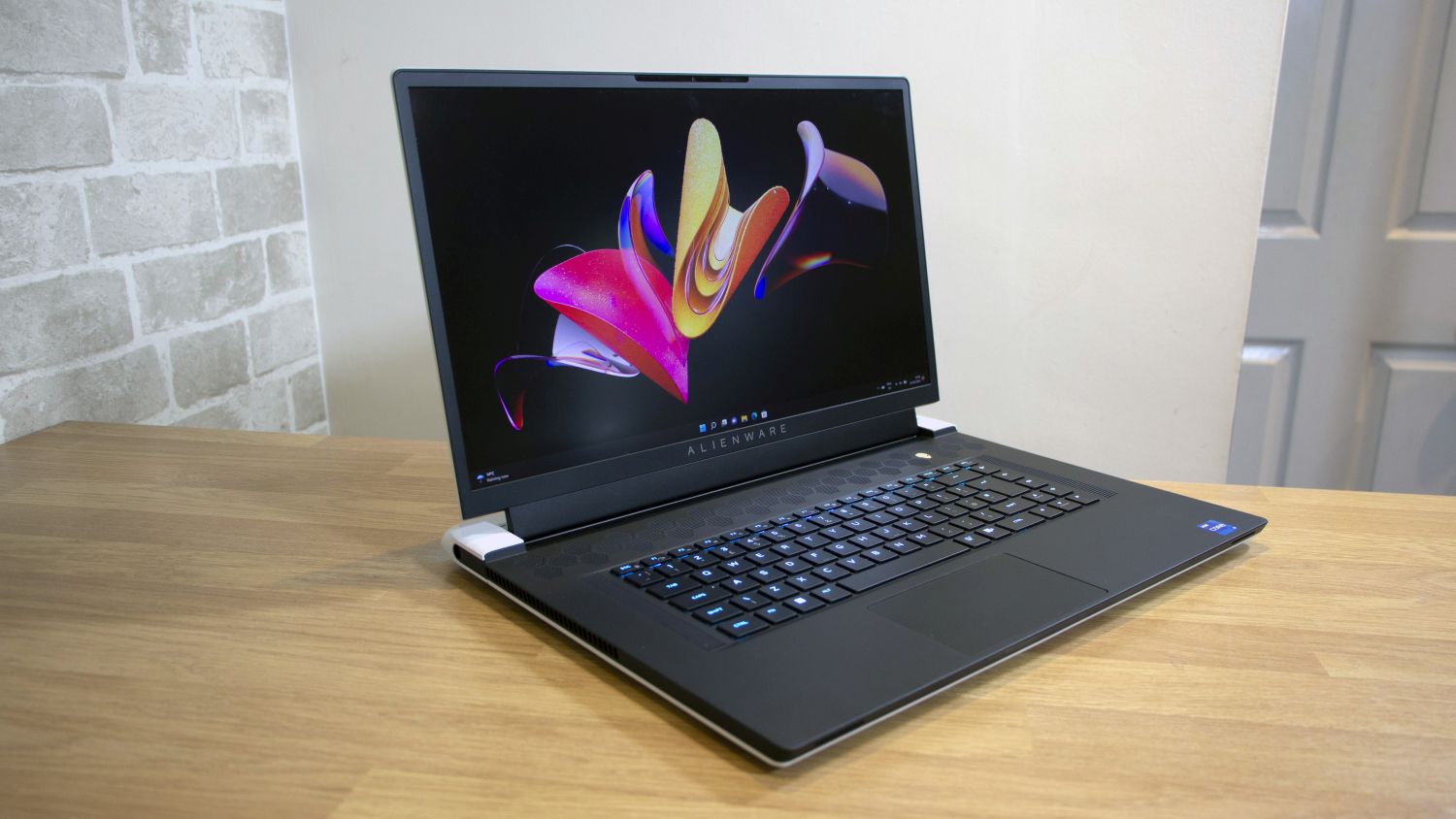
 Alienware x17 R2 review: A frighteningly fast content creation monster
Alienware x17 R2 review: A frighteningly fast content creation monsterReviews Colossal power and a rock-solid exterior make for an expensive portable powerhouse

